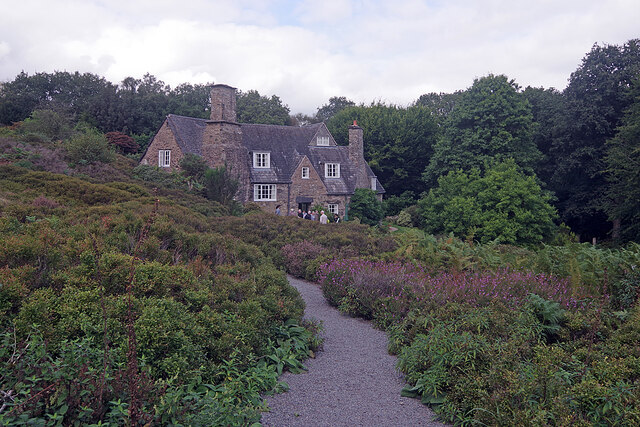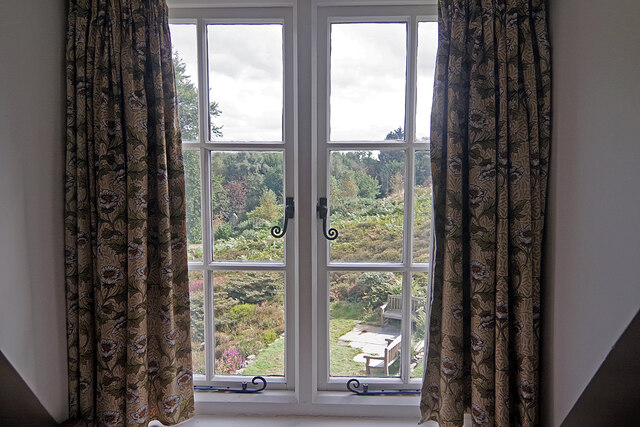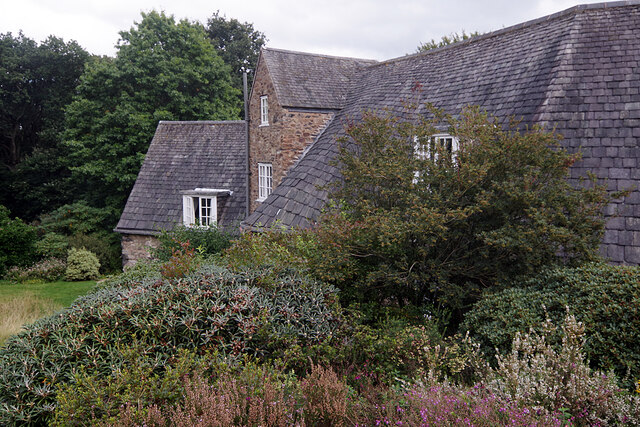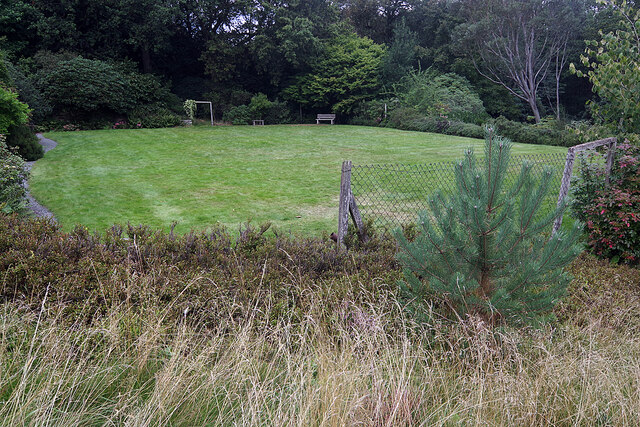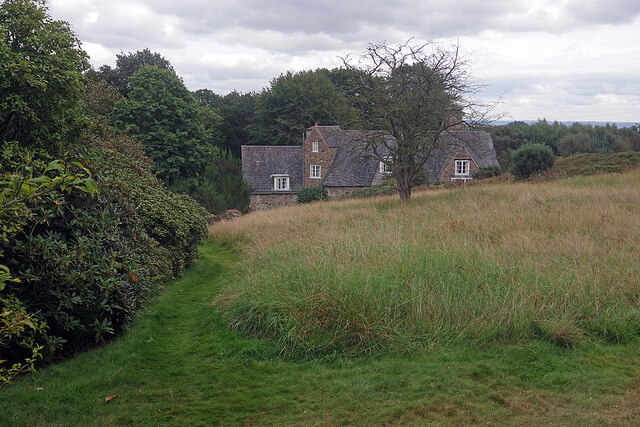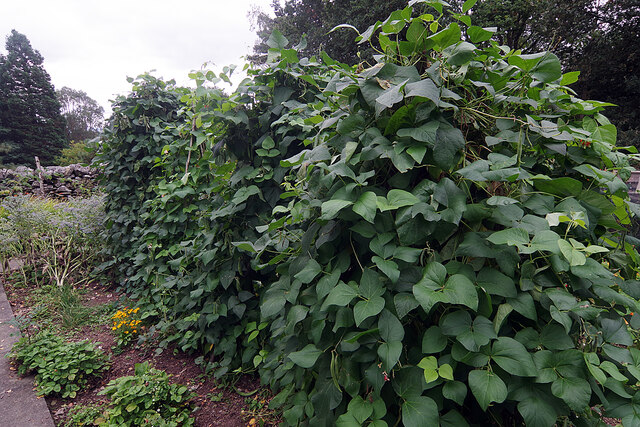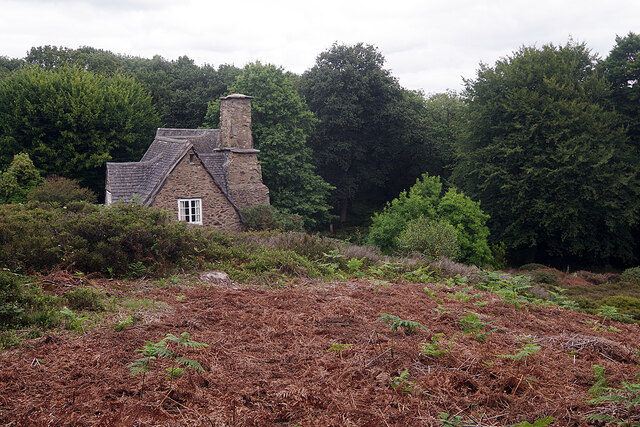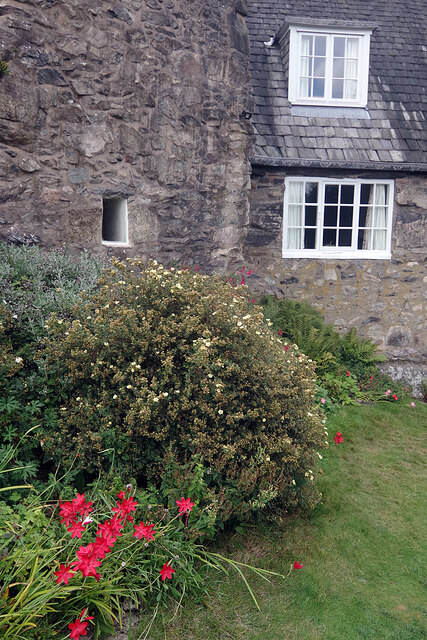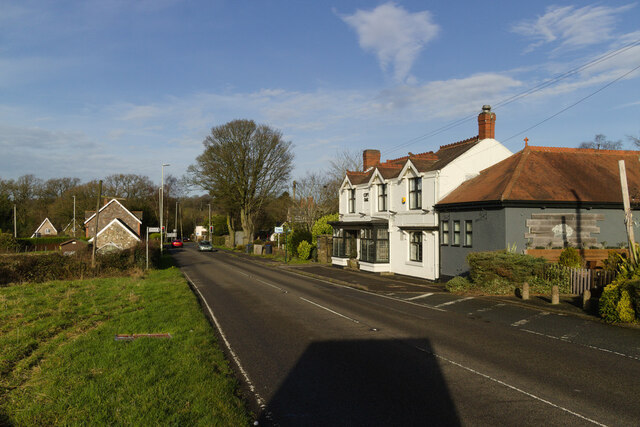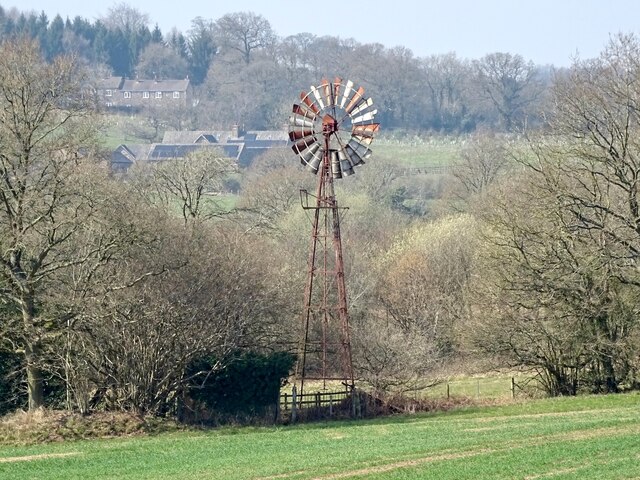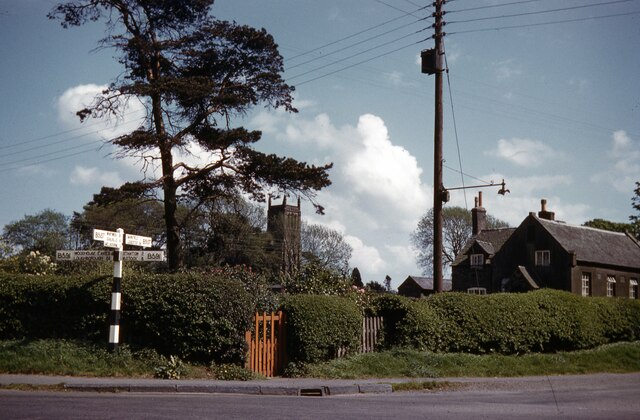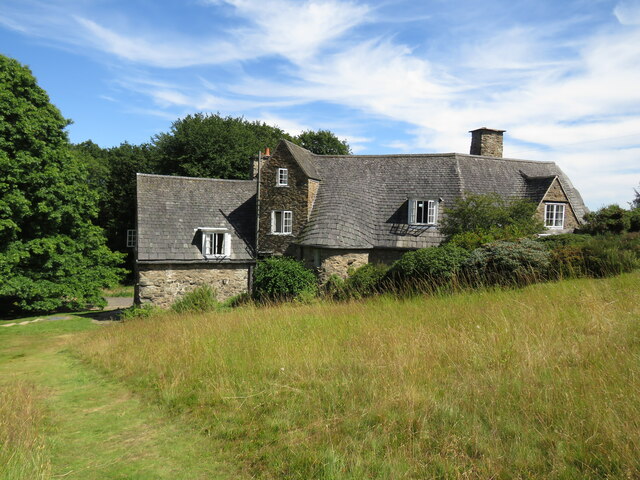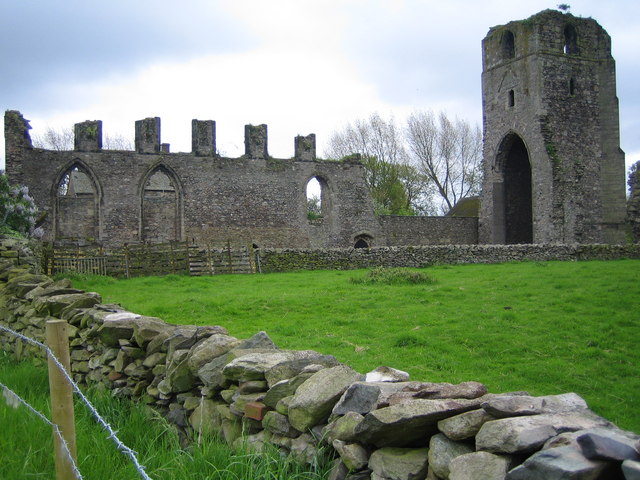Charnwood Forest
Downs, Moorland in Leicestershire Charnwood
England
Charnwood Forest
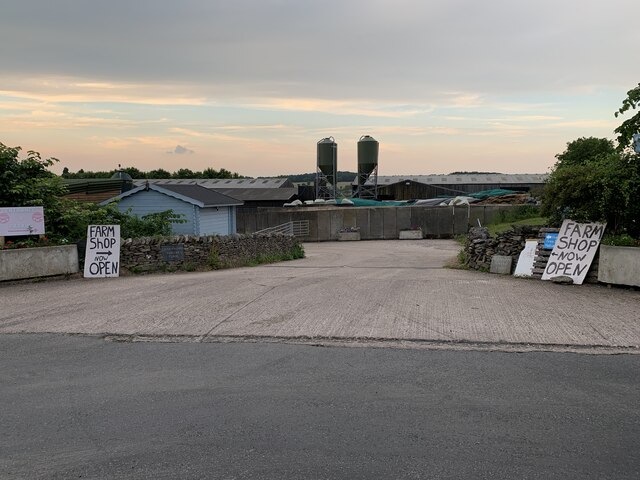
Charnwood Forest is a unique geological area located in Leicestershire, England. Covering approximately 100 square miles, it is characterized by a mix of rocky outcrops, dense woodland, and open heathland. The landscape is dominated by ancient volcanic rock formations, including granite and slate, which create a rugged and picturesque terrain.
The forest is home to a variety of flora and fauna, including rare species such as the white-letter hairstreak butterfly and the barbastelle bat. The diverse habitats within Charnwood Forest support a wide range of wildlife, making it a popular destination for nature enthusiasts and hikers.
Visitors to Charnwood Forest can explore a network of walking trails and bridleways that wind through the wooded valleys and up onto the exposed moorland. The area offers stunning views across the Leicestershire countryside, with landmarks such as Old John Tower providing panoramic vistas of the surrounding area.
Charnwood Forest is a designated Area of Outstanding Natural Beauty, recognized for its unique geological features and biodiversity. It is a peaceful and scenic destination for those looking to escape the hustle and bustle of urban life and immerse themselves in the beauty of the natural world.
If you have any feedback on the listing, please let us know in the comments section below.
Charnwood Forest Images
Images are sourced within 2km of 52.719139/-1.2630286 or Grid Reference SK4913. Thanks to Geograph Open Source API. All images are credited.
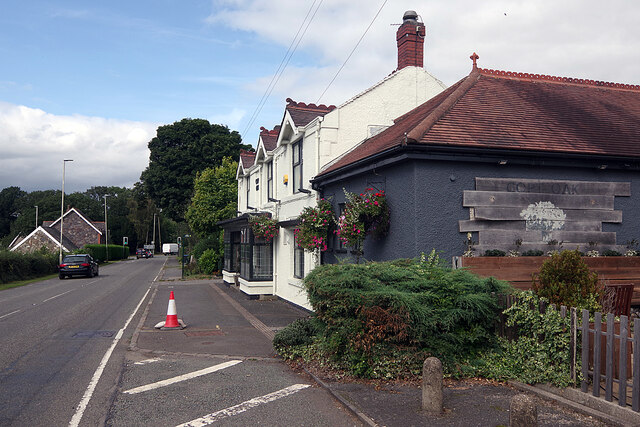
![Stoneywell [1] The cottage is seen from the garden.
Stoneywell is a cottage, located near the village of Markfield. Some 7 miles northwest of Leicester. Designed and built in the Arts and Crafts style in 1899 by Ernest Gimson, for his brother Sydney. Ernest Gimson was one of the most inspiring and influential architect-designers of the Arts and Crafts movement, which had the ideal of ‘Nothing should be made by man’s labour which is not worth making, or must be made by labour degrading to the makers.’ The cottage is now owned by the National Trust. Listed, grade II, with details at: <span class="nowrap"><a title="https://historicengland.org.uk/listing/the-list/list-entry/1361102" rel="nofollow ugc noopener" href="https://historicengland.org.uk/listing/the-list/list-entry/1361102">Link</a><img style="margin-left:2px;" alt="External link" title="External link - shift click to open in new window" src="https://s1.geograph.org.uk/img/external.png" width="10" height="10"/></span>](https://s1.geograph.org.uk/geophotos/07/26/60/7266029_0b80d81b.jpg)
![Stoneywell [2] The interior of the cottage.
Stoneywell is a cottage, located near the village of Markfield. Some 7 miles northwest of Leicester. Designed and built in the Arts and Crafts style in 1899 by Ernest Gimson, for his brother Sydney. Ernest Gimson was one of the most inspiring and influential architect-designers of the Arts and Crafts movement, which had the ideal of ‘Nothing should be made by man’s labour which is not worth making, or must be made by labour degrading to the makers.’ The cottage is now owned by the National Trust.](https://s2.geograph.org.uk/geophotos/07/26/60/7266030_403de446.jpg)
![Stoneywell [3] The interior of the cottage. A leaking chimney had required the removal of plaster from the wall, resulting in the wall construction being visible.
Stoneywell is a cottage, located near the village of Markfield. Some 7 miles northwest of Leicester. Designed and built in the Arts and Crafts style in 1899 by Ernest Gimson, for his brother Sydney. Ernest Gimson was one of the most inspiring and influential architect-designers of the Arts and Crafts movement, which had the ideal of ‘Nothing should be made by man’s labour which is not worth making, or must be made by labour degrading to the makers.’ The cottage is now owned by the National Trust.](https://s3.geograph.org.uk/geophotos/07/26/60/7266031_06385595.jpg)
![Stoneywell [4] The interior of the cottage.
Stoneywell is a cottage, located near the village of Markfield. Some 7 miles northwest of Leicester. Designed and built in the Arts and Crafts style in 1899 by Ernest Gimson, for his brother Sydney. Ernest Gimson was one of the most inspiring and influential architect-designers of the Arts and Crafts movement, which had the ideal of ‘Nothing should be made by man’s labour which is not worth making, or must be made by labour degrading to the makers.’ The cottage is now owned by the National Trust.](https://s0.geograph.org.uk/geophotos/07/26/60/7266032_1f7c4615.jpg)
Charnwood Forest is located at Grid Ref: SK4913 (Lat: 52.719139, Lng: -1.2630286)
Administrative County: Leicestershire
District: Charnwood
Police Authority: Leicestershire
What 3 Words
///delays.reclining.hired. Near Markfield, Leicestershire
Nearby Locations
Related Wikis
Aldermanshaw Priory
Aldermanshaw Priory is a former Cluniac Priory, located within the Charnwood Forest, in Leicestershire, England. == History == Aldermanshaw Priory was...
Ulverscroft Priory
Ulverscroft Priory is a former hermitage and priory in Ulverscroft, Leicestershire. == History == The priory was founded by Robert de Beaumont, 2nd Earl...
Ulverscroft Valley
Ulverscroft Valley is a 110.8 hectares (274 acres) biological Site of Special Scientific Interest north-west of Markfield in Leicestershire. The site is...
Beacon Hill, Leicestershire
Beacon Hill, near Loughborough, in Leicestershire, England, is a popular country park. It is one of several beacon hills in the United Kingdom. It is part...
Nearby Amenities
Located within 500m of 52.719139,-1.2630286Have you been to Charnwood Forest?
Leave your review of Charnwood Forest below (or comments, questions and feedback).
